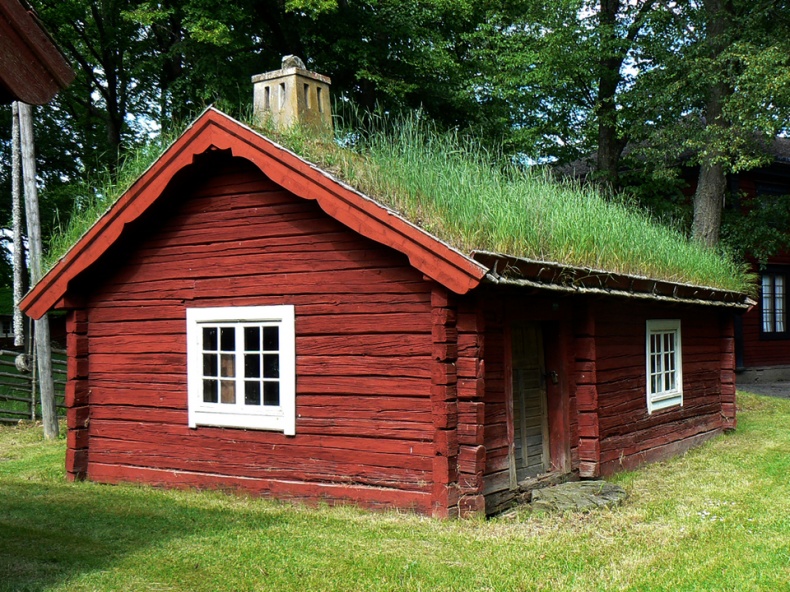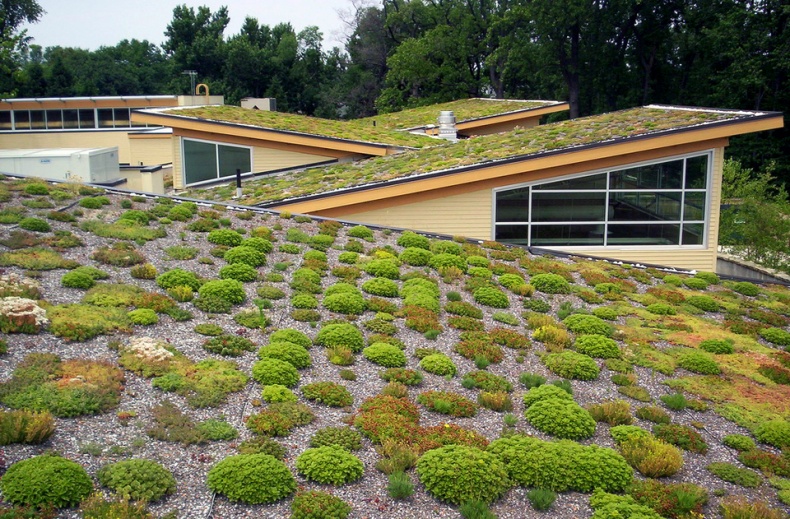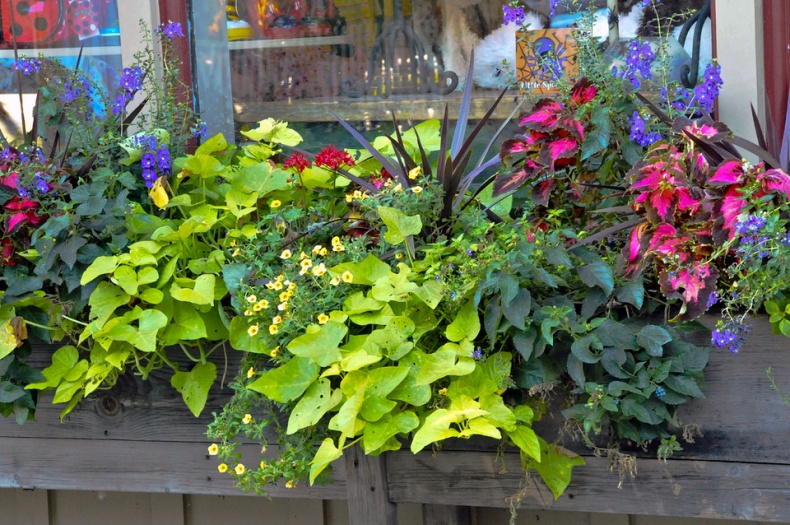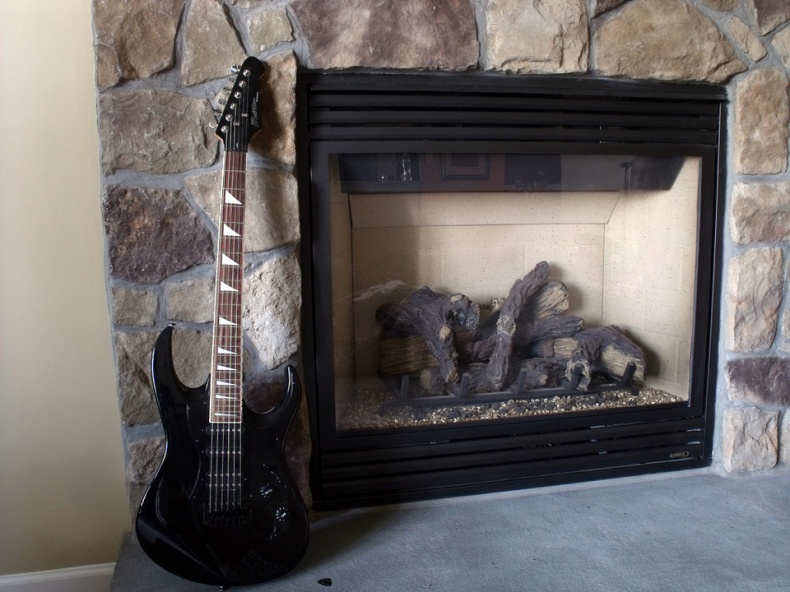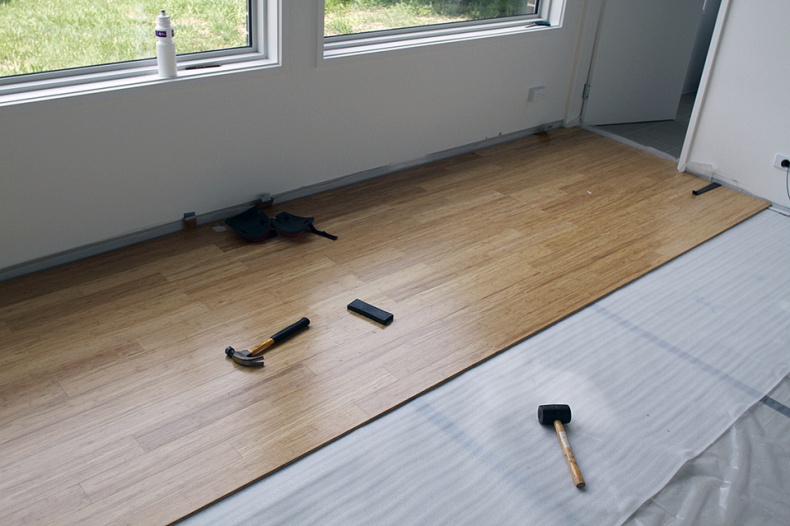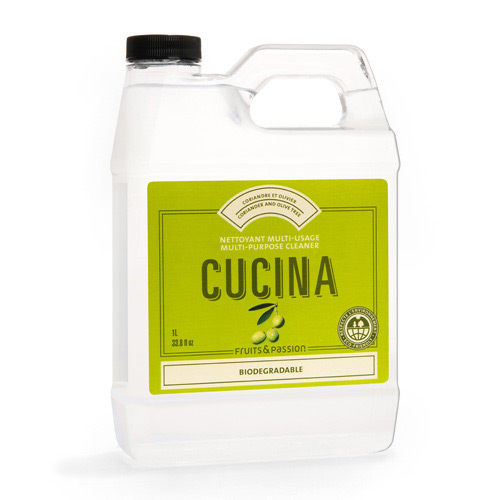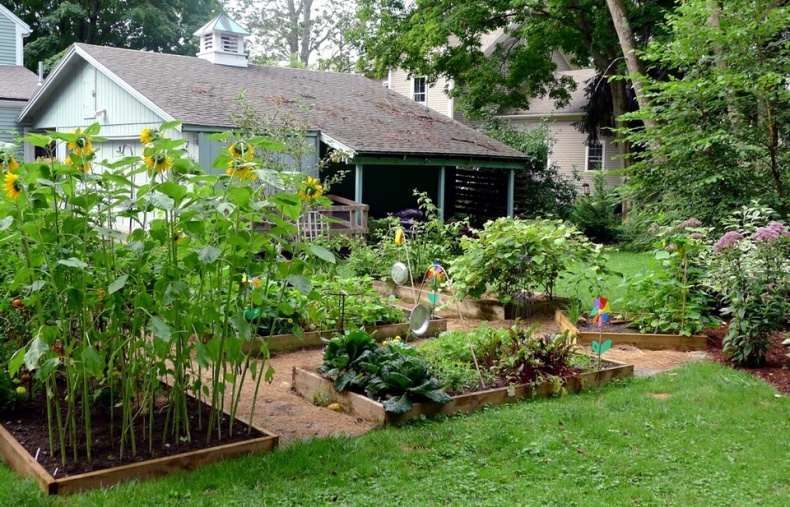
Eco House by phototouring
The decision to "go green" is growing in popularity as we progress further into the 21st century. More and more of us want to reduce our individual and collective carbon footprints. Luckily, there are now many green innovations that any homeowner can undertake at little cost and with great ease.
Combining science and originality in the home can lead to a healthier planet.
The following list shows you changes great and small you can make around the home. Going green is a lot easier than you may have thought!
Landscaped Surfaces
You may have heard of landscaped building surfaces, including roofs and walls â otherwise known as "green" or "living" surfaces. These are areas of the home that are partially or completely covered by vegetation. The eco benefits of these landscaped surfaces are plenty. They filter pollutants and carbon dioxide out of the air while lowering temperatures and (especially in urban areas) alleviating the "heat island effect." A "heat island" is defined as a metropolitan area that's significantly higher in temperature than its surrounding areas due to human activity.

Green Roof by Arlington County
Chris Bribach, CEO of the San Franciscoâbased PlantsOnWalls, sums up the environmental benefits of living walls.
"Living walls decrease energy transfers through walls and can absorb solar gain on sun facing walls," he says. "The micro-biology in plants absorbs toxins and filters the air which reduces air handling costs. Growing food locally saves enormous resources while teaching children to interact with nature and learn about horticulture."
To create your own landscaped wall, you'll need some coco matting (also known as coco fibre or coir fibre â available at most big garden centres), plants, and soil. Make a pocket out of the matting, cut some slits in front to create space for plants to grow straight out, fill the pockets with soil and plants, and hang the whole thing up. You can also buy metal or wicker window boxes that are already lined with matting and mount these on an outdoor wall.
It may seem counterintuitive to grow plants on a wall, given that you should keep water should away from these surfaces to avoid the onset of mould. But there's an easy way to prevent this problem, according to Chris Bribach. He explains, "The best way to protect a structure is to provide an air gap between the living wall and the building." Make sure that when you're hanging your matting on a wall, you leave a moderately sized air gap to allow free oxygen flow.

Planter Box by Valerie Everett
While not all homeowners have the budget or means to create a landscaped surface, you can reap the environmental benefits of vegetation on a smaller scale. For example, you might consider installing planter boxes in your windows made from sustainable wood and paint. The Home Depot sells Forest Stewardship Council (FSC)âcertified plywood and white paint that doesn't emit Volatile Organic Compounds (VOC's). Use these materials to build your own planter box and fill it with herbs or household plants that you can pick up for a low cost at your local garden centre or general store.

Fireplace by Taylor Burnes
Fireplace Glass Doors
Not only are glass doors safer than fireplace screens, but they also do an excellent job of saving energy. Acting as a barrier between your home and the chimney, glass doors limit the amount of air released from your home year 'round â allowing you to better control your home temperature. Cool air won't escape your home through your chimney during the summer months, reducing the amount of energy your air conditioner needs. Plus, your fireplace glass doors will keep precious warm air inside your home during the chilly winter season, reducing the burden on your furnace. In the end, you'll be saving the environment while saving money!
Bamboo Flooring
Bamboo flooring is generally considered the more environmentally friendly choice compared with other kinds of hardwood and laminated sheeting. Bamboo is not actually wood â it's a strong, fibrous, fast-growing grass. Amazingly, some varieties of bamboo can grow upwards of 100 centimetres per day, given the proper climate and soil properties! Bamboo usually matures in three to six years, while hardwood generally requires between 20 and 120 years to reach maturation, making bamboo a highly renewable resource.
Bamboo is also a more environmentally friendly option than tropical wood, despite the fact that the two materials share some qualities. As Ori Sivan of Greenmaker Industries explains,
"Tropical hardwoods and bamboo are both dimensionally stable, so they don't expand and contract. Tropical hardwood and bamboo are hard, so they don't bend. But tropical hardwoods take up to 300 years to mature â compared to bamboo's six years â so bamboo is much more sustainable."

Bamboo Flooring by Gavin Tapp
What's more, the process by which bamboo is harvested leaves its root system intact, eliminating the need to replant. Plus, because bamboo attracts few pests, the need for pesticides and irrigation is almost non-existent. Bamboo flooring is strong, durable, easy to maintain, and less likely than hardwood floors to show signs of wear and tear.
Keep in mind that not all bamboo flooring manufacturers use equally environmentally friendly practices. It's a good idea to do your homework before deciding what kind of bamboo flooring to use in your home. Begin by consulting the Forest Stewardship Council's (FSC) database of environmentally responsible manufacturers. Also, make a point of researching which flooring distributors donate money to carbon-offsetting companies, and remember that a high-quality bamboo dealer will confirm whether the bamboo comes from a plantation that enforces strict harvesting guidelines.
The Home Depot carries a wide range of bamboo engineered hardwood flooring. Seek out the Goodfellow and Quality Craft brands â both use bamboo that comes from FSC certified forests.
Green Cleaning
Many household cleaners currently available on the market are potentially harmful to the environment as well as your family. Experts suggest carefully examining the labels of your favourite household cleaning products for high-performance, environmentally friendly ingredients. These ingredients include grain alcohol in place of toxic butyl cellosolve (often used as a solvent in carpet and window cleaners) and coconut or other plant oils instead of petroleum. When deciding on a soap or detergent, search for products that contain plant oil disinfectants such as eucalyptus, rosemary, and sage rather than triclosan, an antifungal agent the U.S. FDA is currently reviewing.
Here are some green cleaning products that are inexpensive and easy to find.
-
Simply Clean All Purpose Cleaner â Available at major grocery stores across Canada
-
Fruits & Passion Art Home Ecological Heavy Duty Cleaner â Stores across Canada
-
Seventh Generation Natural All Purpose Cleaner â visit www.seventhgeneration.ca for full list of retailers

Fruits & Passion
An even better option than seeking these products at your local department or grocery store is creating your own cleaning products. You can make homemade products from inexpensive, easy-to-obtain ingredients like plain soap, water, baking soda (sodium bicarbonate), washing soda (sodium carbonate), vinegar, lemon juice, and borax. These ingredients have powerful antibacterial qualities and are 100% environmentally friendly.
Eric Cano, owner of EMJ cleaning, a house cleaning company, has many simple recipes for effective house cleaning products.
He explains, "A paste made of baking soda and water is great at removing stains from dishes and countertops." Eric also advises, "A simple solution of white vinegar and water can be used as a mild cleaner for a variety of projects. This is great for wiping down counters and appliances, and you could even mix in some baking powder for tougher jobs, like bathroom tile."
There are other ways you can change your cleaning habits to benefit the environment. It's a good idea to avoid washing dishes before placing them in the dishwasher. Tests have shown this step unnecessary, and this change in your cleaning routine could save your household more than 24,000 litres of water per year.
Plus, it's worthwhile to regularly clean the coils behind or underneath your refrigerator with a tapered appliance brush to prevent excess energy to keep your refrigerator running. It's also a good idea to clean or replace furnace filters once a month during the winter. Clogged filters force your furnace to work harder and use more energy.

Backyard Garden by Lori L. Stalteri
Make Your Garden Even Greener
Environmentally friendly landscaping can drastically increase your home's efficiency by providing shade in the summer months and much-needed insulation during chilly winters. The Environmental Protection Agency (EPA) recommends planting deciduous trees (trees that lose their leaves seasonally) on the western and southern sides of your home. During the summer months, these trees will offer generous amounts of shade and block infrared radiation, keeping your house cool. When these trees shed their leaves in the winter, more warming sunlight can reach your home.
As climate change and the interest in going green stay in the forefront of many minds, these home innovations can help homeowners contribute to the environment in easy, affordable ways. A little change can go a long way â and as long as environmentally conscious minds continue to make the right decisions, it seems our planet is headed for a more healthy future.


